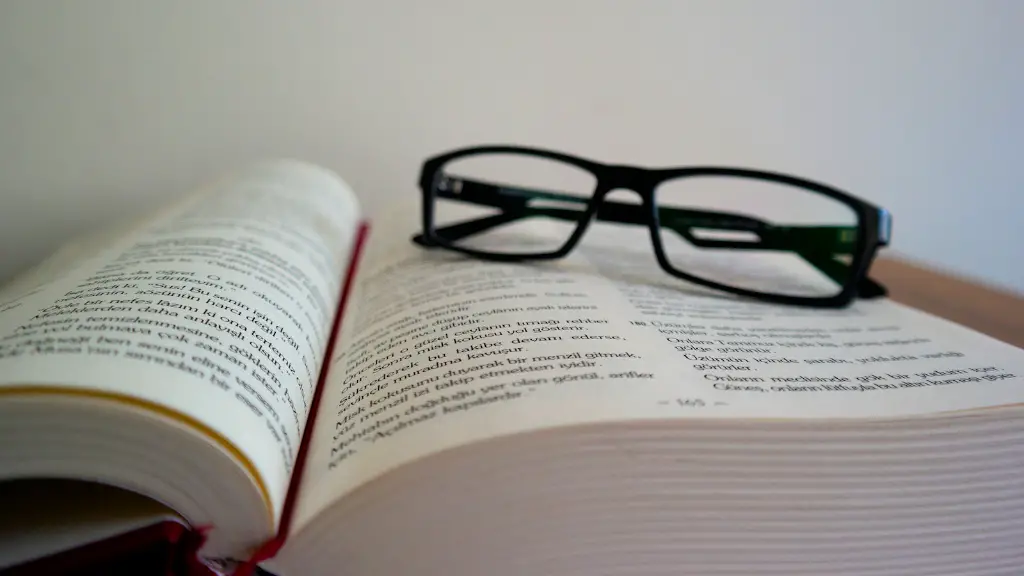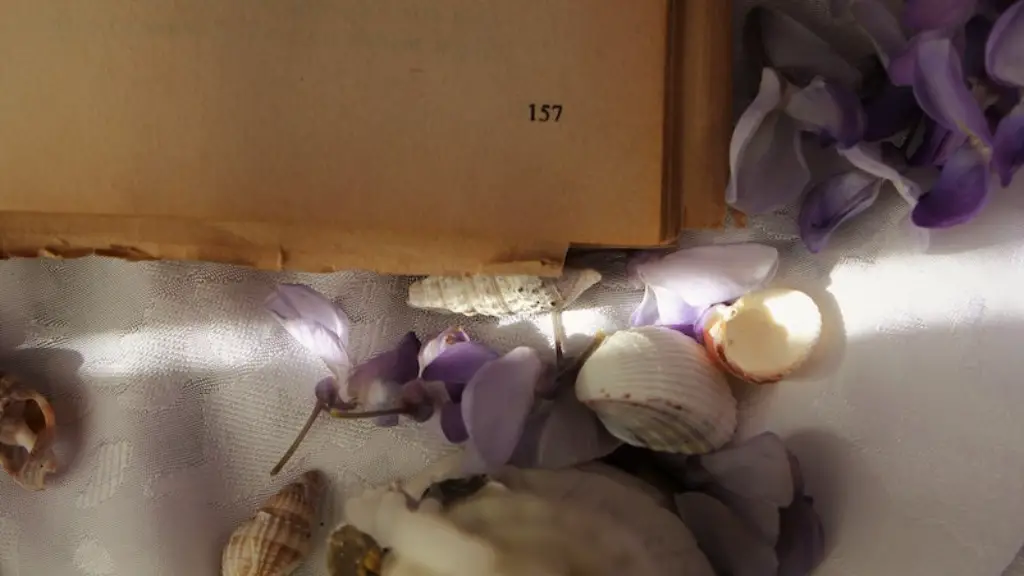What is Poetry Analysis?
Poetry analysis is the process of dissecting a poem to understand its meaning, message, purpose, structure, and larger implications. Additionally, it can involve looking for patterns in the poem and comparing its structure to the themes and messages that it conveys. In order to fully master the analysis of poetry, students must be able to identify figures of speech, dig into the poem’s deeper meaning, and understand how the language of the poem works.
The Basics of Poetry Analysis
Before diving into the finer elements of analyzing a poem, the first step is to focus on getting a comprehensive understanding of the basic components of a poem. Teaching students about the poem’s rhyme scheme, meter, and stanza breakdown is key for understanding the text in a deeper way. By focusing on these basics, students can become familiar with the general information about the poem, which will aid them as they continue to dig into the poem’s deeper meaning. Additionally, it is important to consider the form of the poem. For example, many teachers will introduce students to the haiku, a Japanese poem which follows the 5-7-5 syllable form, or the sonnet, a poem known for its 14 lines.
Figures of Speech
Figures of speech involve the use of language to evoke specific emotions and connotations. They are often used to convey a unique message or understanding of something. Examples of figures of speech include metaphors, similes, puns, and allusions. Knowing how to identify and analyze these elements helps students understand how the poem has been written and why the author chose to use a particular figure of speech or phrase.
Context
Learning about the context that a poem was written in is also an important step in analyzing poetry. Knowing a poem’s author, the culture it was written in, and the period of history it comes from can all provide invaluable insight into the poem’s meaning, purpose, and message. For example, a poem written in 17th century England will have different connotations, idioms, and images then a poem written today.
Deeper Meaning
The last, and arguably most important aspect of poetry analysis is finding the deeper meaning of the poem. This can involve looking at the poem’s imagery and syntax, trying to identify the themes of the poem, and discovering what the author was hoping to get across to the reader. It can be difficult to identify a poem’s underlying message, but getting students to focus on the poem’s meaning can help them understand it in a deeper way.
Practice Analysis
Once students have learned the steps to analyzing poetry and are familiar with the different aspects of a poem, it is important for them to practice their understanding. Assigning them poems from which to analyze will help them to apply what they know and hone their skills. Additionally, engaging in discussion about the poem will allow them to learn from the opinions of their peers and get further insight into the poem’s message.
Listening to Poetry
In addition to analyzing poetry through reading it, teaching students to analyze poetry by listening to it can provide them with a different way to understand a poem. Listening to a poem can help students identify the tone of the author’s voice and make other discoveries they may have otherwise missed. Additionally, it allows students to experience a poem in different ways.
Creating Poetry
Once students have become familiar with analyzing poetry and understand the different components of a poem, the next step is to get them to create their own. Creating poetry allows students to channel their own emotions and feelings into a poem and learn about themselves as they create something new. By allowing students to create a piece on their own and then analyzing it in the same way they would analyze a classic poem, they can gain an even deeper understanding of the elements of a poem and can gain a better understanding of their own thoughts and feelings.
Using Poetry Analysis for Writing Assignments
Teaching students to analyze poetry can also be useful when it comes to writing assignments. By having students analyze a poem in the same way they would analyze any other kind of text, it can help them understand different writing styles and expand their essay writing skills. Additionally, it can provide them with the opportunity to use their own experiences and insights to craft a unique response to the poem.
Analyzing Poetry in Different Courses
Analysis of poetry can also be a valuable asset when it comes to students’ studies in other subject areas. By teaching students to look at the themes and language of a poem, they can gain a better understanding of the material they are studying, whether it be history, science, or any other kind of course.
Using Technology to Analyze Poetry
Analyzing poetry can be made easier with the help of technology. There are many programs and tools available which can help students understand the language of poetry and dive into looking for patterns and deeper meaning. Additionally, having students listen to a poem over and over again with the help of technology can provide students with an easier way to pick up on the nuances of the poem and find more information than they otherwise may have.
Group Discussions and Debates
Groups discussions and debates are an effective way to help students better understand a poem and how to analyze it. Having students come together and share their thoughts on a poem can provide each person with different perspectives on their interpretation of the poem and give them a stronger understanding of the text. Additionally, having debates about the poem can help students understand how to look for evidence and support when making an argument.
Incorporating Poetry into Other Forms of Writing
The analysis and understanding of a poem can also be turned into other forms of writing. Having students create short essays, or incorporate poems into other pieces of writing such as research papers or stories, can give them another way to interact with poetry and showcase their knowledge of the poem’s analysis.



